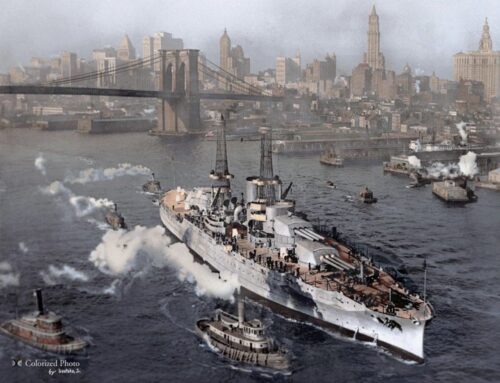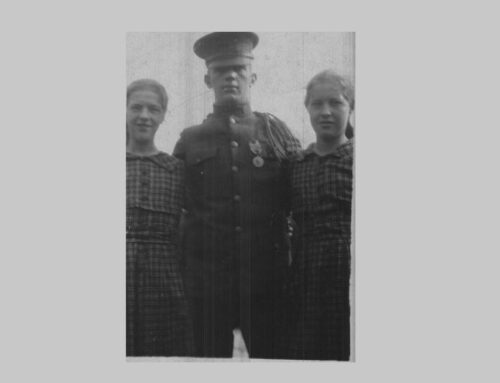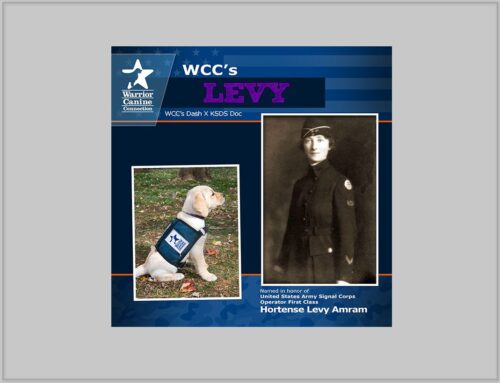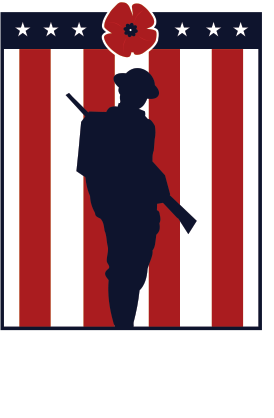The 11th Hour Legacy: “Black Jack” Pershing’s Final Push on November 11, 1918 Still Divides America
Published: 10 November 2025
By Op-Ed Monty
via The PR Blog website

Black Jack Pershing framed
The 11th hour of the 11th day of the 11th month holds profound significance in American history, marking the end of World War I and symbolising a national moment of remembrance and commitment to peace.
On November 11, 1918, an armistice between Allied forces and Germany went into effect, ending hostilities in “the war to end all wars.” In the United States, this historic date eventually evolved into Veterans Day, a holiday honouring all military veterans.
When the Armistice of World War I took effect, a deadly and transformative conflict finally came to a halt. The war had lasted four brutal years, reshaping nations, economies, and societies.
The U.S was profoundly impacted. American forces made significant contributions to the Allied victory, and the sacrifices of American soldiers were felt deeply at home in America.
General Pershing’s legacy is complex. He is celebrated for his commitment to military discipline and his successful leadership but remains controversial for the high costs associated with his decisions, particularly during the closing hours of the war. His insistence on unconditional surrender set a tone that some historians believe contributed to the harsh terms of the Treaty of Versailles, which some argue sowed the seeds for World War II. Pershing’s career thus stands as a testament to the high stakes of military command, where strategy and morality often intersect in challenging, far-reaching ways.
So who was this man, General John J. Pershing, known as “Black Jack” Pershing?
Born in Missouri in 1860, Pershing had a military career that spanned several conflicts and included roles as an educator, tactician, and military leader. His career is marked by his disciplined approach, strategic insight, and the controversial decisions he made at the end of World War I.
Pershing graduated from West Point in 1886 and began his career in the Indian Wars, then moved on to various postings, including commanding African American troops in the 10th Cavalry Regiment, which earned him his nickname “Black Jack.” He served in the Spanish-American War and the Philippine-American War, where his leadership and tactical abilities became evident. Pershing’s military prowess and his ability to lead diverse units gained him respect among both his peers and subordinates.
One of Pershing’s notable experiences prior to WWI was his pursuit of Mexican revolutionary Pancho Villa in 1916 after Villa’s raid on Columbus, New Mexico. This mission, though ultimately inconclusive, helped shape Pershing’s perspective on mobilisation and logistics, skills that would prove essential in Europe.
When the U.S. entered WWI in 1917, Pershing was appointed to lead the American Expeditionary Forces (AEF) in Europe. President Woodrow Wilson and the War Department wanted an experienced, resolute leader who could manage a vast multinational coalition in a highly challenging environment, and Pershing was a natural choice.
⇒ Read the entire article on The PR Blog website here:
External Web Site Notice: This page contains information directly presented from an external source. The terms and conditions of this page may not be the same as those of this website. Click here to read the full disclaimer notice for external web sites. Thank you.



